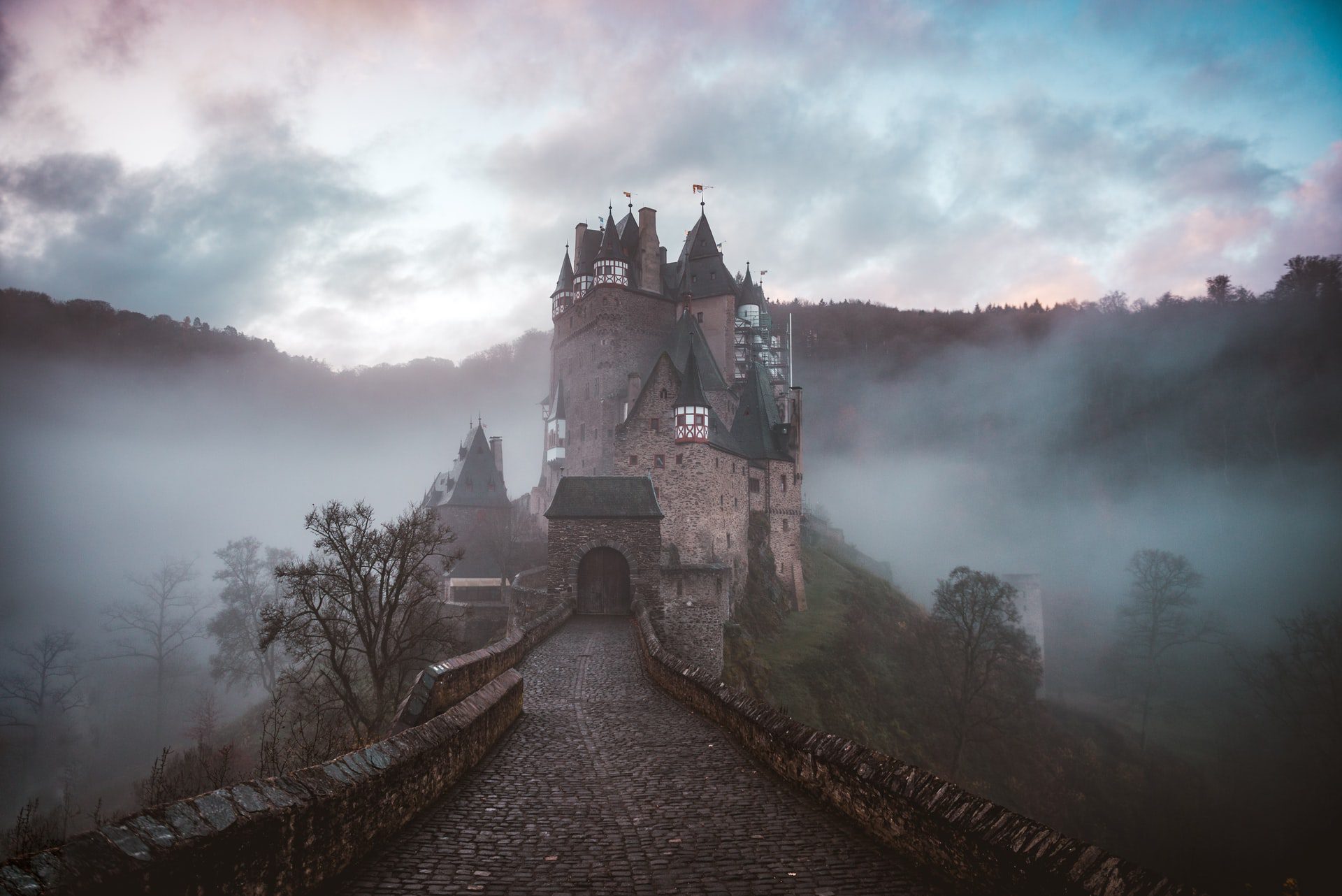
How to Craft the Perfect Story Setting (With Downloadable Template)

Your setting is fundamental to your story. It’s the backbone of your plot and is essential to providing narrative context, establishing the mood and tone for your scenes, and even acting as a plot device in its own right. The best settings are the ones that readers will get lost in. So how can you craft the perfect story setting?
What is a story setting?
A strong setting is one of the fundamental building blocks of any great story. A good setting is believable, engaging, and supports your story’s themes. It can even be its own character, establishing mood and tone while informing the actions of the living characters around it.
Setting is also a fundamental part of worldbuilding: if you want to create an entire world full of different races, cultures, environments, and histories that exist within your overarching narrative, then establishing these things through a deep exploration of the locations in your story will help immerse readers in your world.
Why is setting important?
Your story’s setting is the stage upon which your narrative plays out. It’s one of the most critical elements of a good story. It can create atmosphere, mood, and tension for your readers and also become part of the conflict or help create obstacles for your protagonist to overcome.
A good setting can have a powerful sensory impact. You want readers to experience where your story takes place by incorporating descriptions of sight, sound, taste, touch, and smell.
Integral and Backdrop are the two most common types of settings used in creative writing. Integral settings are essential to the plot in some way, either because they are critical to the story’s conflict, your protagonist’s development, or serve a symbolic function. Backdrop settings are used when you simply need to illustrate where something is happening. It provides narrative flavour but does not affect the outcome of your story.

The elements of a great setting
Whether you are writing an Integral or a Backdrop setting, creating a richly textured world for your readers is essential. The more information you have about your settings, the easier it is to illustrate it vividly, even if half the information never makes it onto the page.
These fundamental elements are crucial to creating a striking impression on your readers:
Research
If your setting is based on an actual location, make sure you get the details right. If you’ve been there, jot down your memories and try to remember the things you experienced. Research the history of a place and its population, and find out about the social lives of its residents.
Research becomes especially important if your setting is real, but you’ve never been there. Readers familiar with real locations will immediately pick up on inconsistencies, affecting their immersion and enjoyment of your work.
However, research is also vital for fictional settings, especially if they’re based on, or inspired by, real places. Fictional settings with a basis in reality can often fall into damaging tropes and stereotypes without a firm research foundation to ensure proper representation.

Give a sense of time
Whether you’re creating an overall setting for your project or just a location for a single scene, it’s important to orient your readers in a time or place. Consistency is key to fleshing out your world, so having a firm grasp on when and where certain events occur is essential to keeping your readers immersed.
While different scenes can happen at the same location, knowing how that location changes with time in advance of writing will help you write more meaningful scenes. What is the light like at twilight and dawn? Do the seasons affect the way this setting looks? Is it the kind of place that would change if people didn’t regularly visit it (i.e. overgrown vegetation, fading paint etc.)?
Give context
Your setting is more than just a location; it’s also the world surrounding it. This is especially important when creating an Integral, rather than a Background setting.
Social, historical, and political background all feed into what your setting will be, whether you are writing about an actual place or imagining a brand new one. Fleshing out the history of your setting and how world events might affect it in both the short and the long term will help you orient not only yourself while you’re writing, but your readers as well.
Do be aware of the dreaded info dump or over-writing. Knowing as much about your setting as possible helps you build a compelling world, but that doesn’t mean that every historical factoid or significant world event needs to be painstakingly explained. Instead, hint at context in key moments of your narrative to organically bring your setting to life.

Be descriptive
Being descriptive does not mean describing every detail of your setting. Over-describing is an easy trap to fall into, but it can be detrimental to the pacing of your plot. Instead, describe the things that make your setting unique.
If you’re building an Integral setting, explain why this particular time and place is necessary for the story you’re trying to tell. If you’re writing a Background setting, describe the things that set this specific location apart.
Different readers like different levels of description, so make sure to tailor it to your ideal reader and your genre audience. For instance, high fantasy, science fiction, and historical fiction often have a much more detailed setting description than YA and romance.
Be specific
Most readers know what a tree looks like, so specificity paints a more striking picture when you describe a setting visually. If a scene takes place in a forest, for instance, knowing the kind of trees, the specific animals, and even things like the temperature will go a long way to fleshing out your setting.
Specifics are essential to building a vivid sense of time and place. It lets your readers imagine exactly what your characters are seeing and experiencing. A good setting directly influences the plot; it affects your characters’ mood, behaviour, and thoughts and can even be central to their internal and external goals and conflicts. Communicating that to your readers through specifics helps immerse them in your story’s world and invest them in your character’s development.

Engage the senses
Sight, sound, smell, touch, and taste; all this helps bring your setting to life. Creating a sensory experience for your readers will make your story memorable and allow them to experience what is happening rather than simply reading about it. It refers to that overused but apt phrase, “show, don’t tell.”
You can say a lot about a place by evoking a sensory experience, especially combined with all the other elements of a great setting. For example, the texture of weathered stone could speak to the history of a place, or the smell of freshly-baked bread could evoke memories of childhood for a character. In this way, you not only create a sensory experience for your readers, but it can also help guide your character development.
Not every setting in your story will need the same level of detail put to page, but that doesn’t mean that it’s not helpful to have that detail down for reference, especially if you’re worldbuilding.
Download our handy setting description cheat sheet to give you a blueprint to craft the perfect setting for your next writing project. Just download it and import it into the notes section of your next Novlr project.
The key to crafting a great story setting is to keep it immersive but not overwhelming. Knowing a lot about your setting in advance helps you to trickle feed information into your plot, but remember, not everything you brainstorm needs to make it into the finished product. A well-developed setting gives you the foundation to pick and choose what gets included in your story to relay a compelling and immersive narrative.





























